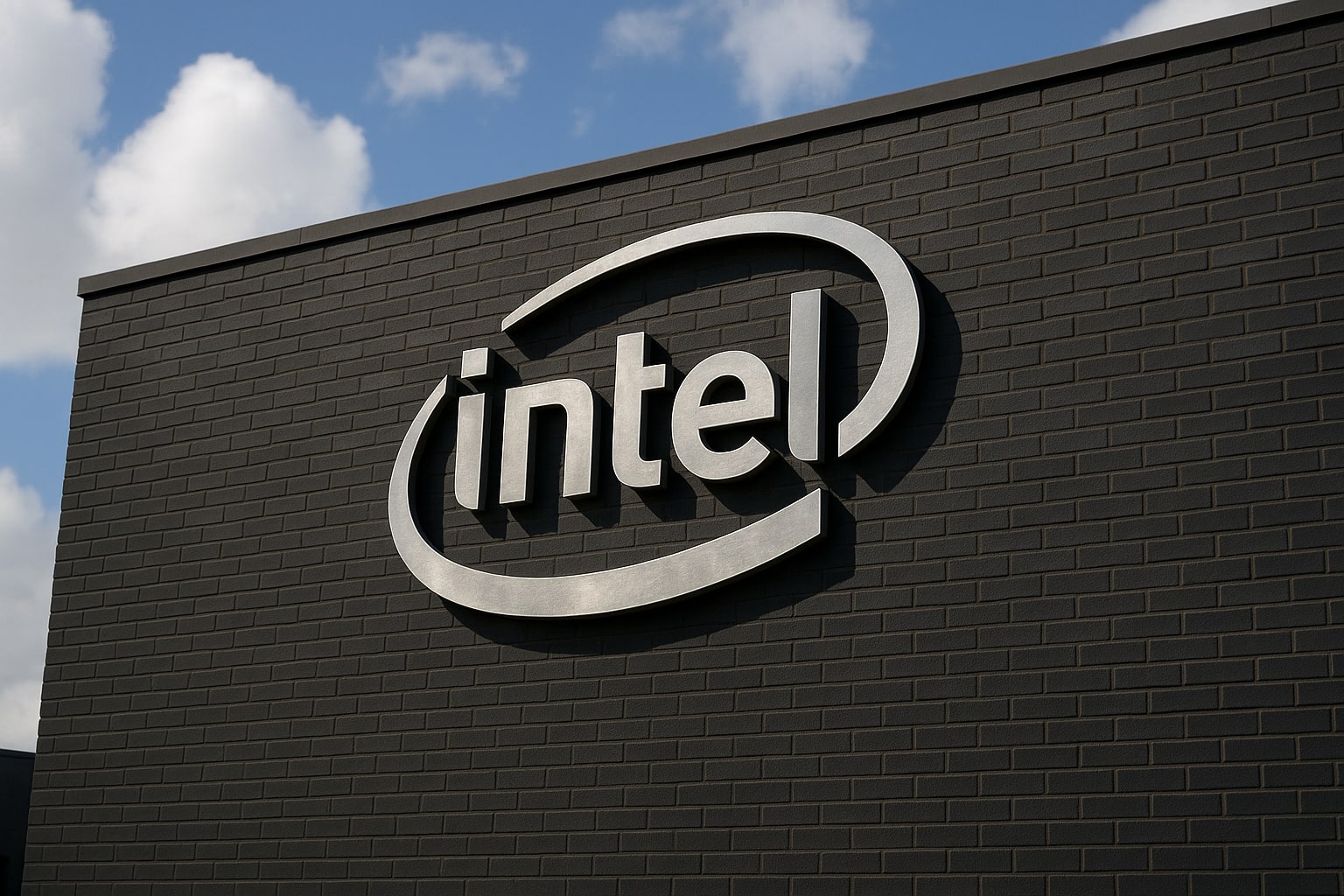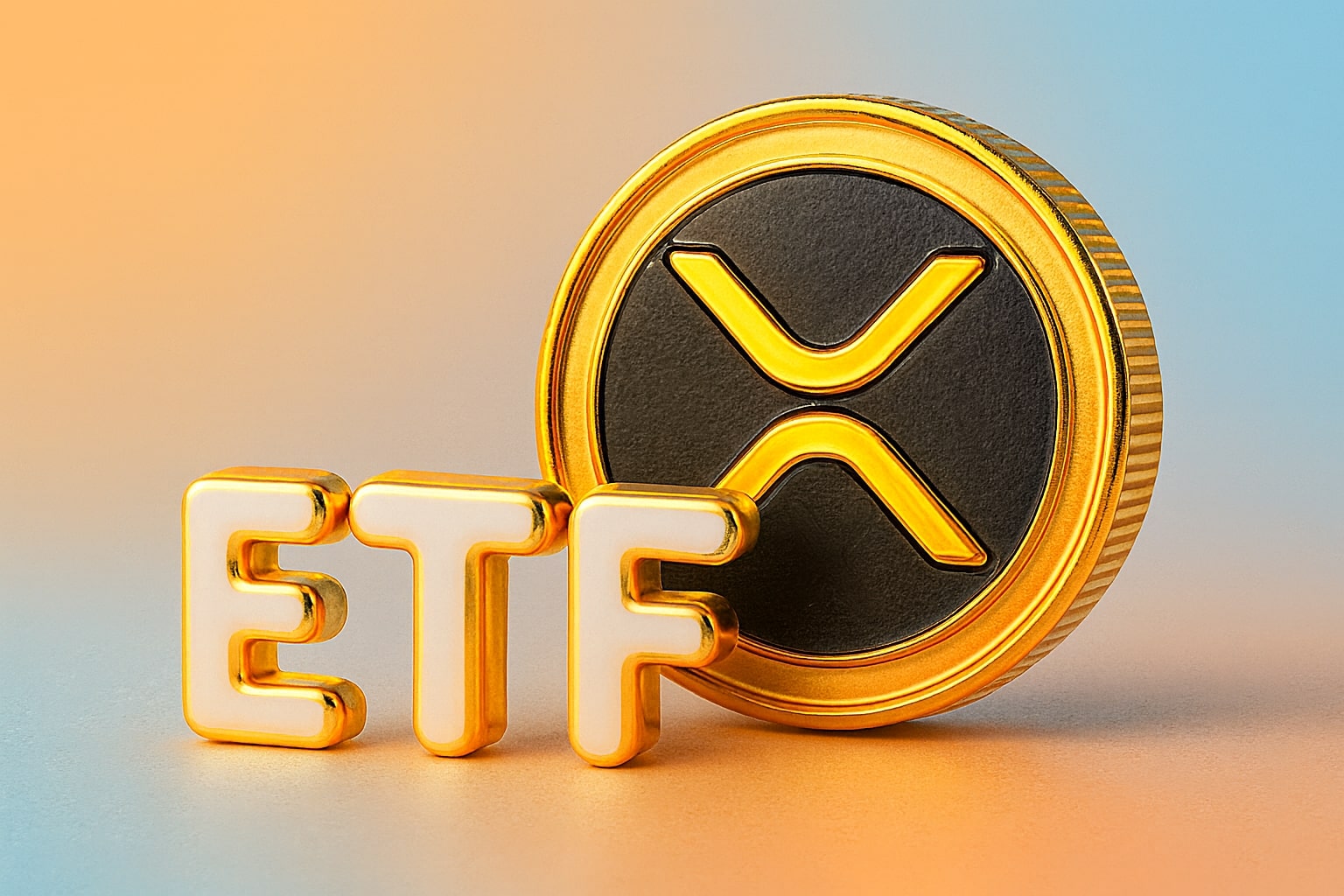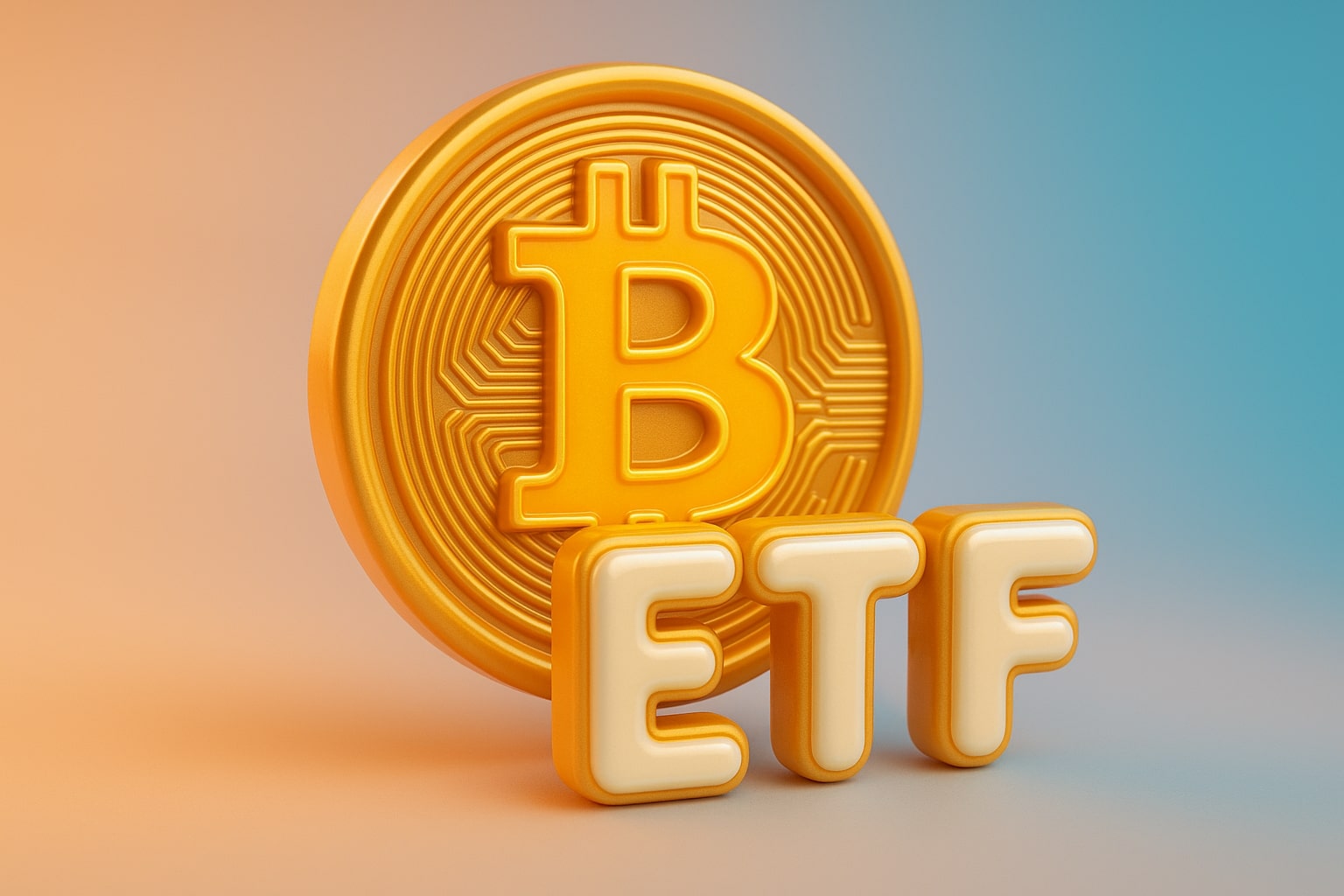
Stock Market Today: Wall Street Drops as Nasdaq Hits 22,552 and S&P Falls to 6,664 Before Nvidia’s Report
A $1 trillion tech selloff pulled the Dow to 46,889 while traders brace for Nvidia’s high-stakes earnings, surging unemployment claims, Fed minutes, and the first economic data release since the 43-day U.S. shutdown | That's TradingNEWS
Stock Market Today - Wall Street Loses Its Footing As Nasdaq, S&P 500 And Dow Confront The Most Dangerous Week Of The Quarter
The U.S. stock market didn’t just stumble going into the new week—it walked directly into a minefield. Friday’s 568-point drop in the Dow to 46,889, the 73-point slide in the S&P 500 to 6,664, and the 317-point collapse in the Nasdaq to 22,552 were not isolated swings. They were the visible surface shock of a deeper structural problem: the U.S. government shutdown erased nearly seven weeks of economic visibility, leaving investors blind to the real state of employment, consumer health, inflation, and industrial activity.
The reopening of the government now unleashes a backlog of critical economic releases—October jobs, CPI, PPI, retail sales, housing starts, industrial production, sentiment surveys—all hitting the tape in one compressed window. That data crush is arriving at precisely the same moment that megacap technology names face valuation pressure, and traders who powered the AI rally earlier this year are pulling back capital to wait for clarity.
What pushed this week into a high-alert zone was not just the selling itself—but the speed at which institutional liquidity evaporated. Thursday alone saw over $1 trillion in market cap wiped out, the worst single-day repricing since early spring. Funds that had been comfortably overweight in chips and AI had no choice but to de-risk aggressively as realized volatility exploded.
Tech Under Siege As The AI Trade Faces Its Most Important Test Since 2023
The selling centered on the part of the market that had done all the lifting this year. The AI complex—led by Nvidia (NVDA), Microsoft, AMD, and hyperscale-adjacent names—entered the week with valuations priced for uninterrupted growth. But as traders waited for the first clean macro data in nearly two months, they reassessed risk and began liquidating the most crowded positions.
The market is now positioned around one binary event: Nvidia’s earnings on Wednesday.
This single report holds enough weight to swing the Nasdaq by 400–600 points in either direction. That isn’t speculation; it’s the number being priced into the options market. Nvidia is coming off a narrow beat last quarter, but the backdrop is materially different now: export restrictions on China have tightened, cloud providers have hinted at moderating capex, and SoftBank’s partial exit raised concerns that some institutions may believe the cycle is peaking.
The pain wasn’t limited to AI. Applied Materials (AMAT) confirmed investors’ worst fears by warning that next year’s China spending will slow due to U.S. export controls, sinking the stock 6.3% and dragging the semiconductor equipment group with it.
The market’s message was brutally clear: any sign of deceleration in the AI supply chain will be punished immediately, and multiples in the Nasdaq will compress fast.
Corporate Turbulence Intensifies: Walmart Falls, Tesla Defies Gravity, Mega-Retailers Prepare For A Stress Test
The corporate backdrop added another layer of volatility.
Walmart (WMT) slipped 2.2% after announcing CEO Doug McMillon will step down next year, ending a tenure that oversaw its transformation into a digital-first retailer. With Walmart’s results coming this week and holiday-season dynamics shifting rapidly, leadership uncertainty is a genuine concern for investors betting on stable consumer spending.
In contrast, Tesla (TSLA) ripped 6% higher, riding a rate-cut narrative ignited by unemployment claims that surged to their highest reading since October 2021. Traders immediately priced in at least one cut in December. But beyond the rally sits an uncomfortable truth: Tesla’s valuation stands at 136 times forward earnings, a level that leaves no margin for error while global sales in Europe, China, and North America continue to decelerate.
This week also brings a cluster of heavyweight retail earnings—Home Depot, Target, Lowe’s, TJX, Ross, Gap—which together account for nearly one-fifth of U.S. discretionary spending. Their results will give the first uninterrupted read on American consumers since the shutdown closed government statistical agencies.
Large misses here would send shockwaves across the Dow and S&P 500.
Read More
-
SCHD ETF Price at $27: Can SCHD’s 4% Yield and 9.15% Dividend Growth Beat High-Yield Covered Call ETFs?
15.12.2025 · TradingNEWS ArchiveStocks
-
XRP ETFs Close on $1B Inflows as XRPI at $10.92 and XRPR at $15.52 Hit 52-Week Lows
15.12.2025 · TradingNEWS ArchiveCrypto
-
Natural Gas Price Forecast: NG=F Holds the $4 Floor as Oversupply Clashes with 2026 LNG Demand
15.12.2025 · TradingNEWS ArchiveCommodities
-
USD/JPY Price Forecast - Dollar to Yen At 155: Yen Strength Builds As BoJ Hike And NFP Collide
15.12.2025 · TradingNEWS ArchiveForex
Shock Rallies And Severe Selloffs Signal A Market Trading Event-To-Event, Not On Trend
Market breadth was poor, but selective breakouts created dramatic divergences.
Cidara Therapeutics (CDTX) surged 105.38% after Merck agreed to acquire the company in a $9.2 billion deal—the type of premium rarely seen in 2025. This was the standout outperformer of the session and underscored the aggressive pace of biotech consolidation following years of underinvestment.
Warner Bros Discovery (WBD) rose 2.4% after amending CEO David Zaslav’s contract. Even marginal hints of restructuring are enough to attract speculative inflows in an entertainment sector still trying to recover from last year’s advertising recession.
Most other pockets of the market fared worse.
The STOXX 600 in Europe fell 1%, bank shares sank 2.4%, and risk sentiment deteriorated globally as traders reacted to hawkish Fed commentary and a tech-led drawdown in U.S. equities.
The Federal Reserve Enters A Crossfire: Inflation Above Target, Labor Weakening At The Fastest Pace Since 2021
The Federal Reserve is now facing one of its tightest policy dilemmas in years.
Inflation remains nearly 1% above target, suggesting rates should stay higher for longer. But the labor market just delivered its most concerning signal since the pandemic era, with unemployment claims rising significantly above economist forecasts.
This is where the shutdown becomes dangerous.
The Fed has been operating without current data—meaning policymakers don’t know how bad the October labor report was, how much CPI cooled or accelerated, or whether retail activity slowed meaningfully. That lack of visibility is unprecedented in modern policy decision-making and heightens the odds of a misstep.
The minutes from the October FOMC meeting—released this Wednesday—will hit the market hours before Nvidia reports, creating a high-volatility environment with multiple overlapping catalysts.
Backlogged Government Data Returns: The Market Is Bracing For A Shock, Not A Soft Landing
The shutdown froze nearly all major U.S. economic releases:
October CPI, PPI, jobs, retail sales, industrial production, housing starts, existing home sales, import prices, consumer sentiment, leading indicators.
Traders have been operating for weeks without knowing:
whether wage growth slowed
whether hiring stalled
whether inflation reaccelerated
whether manufacturing contracted
whether consumers pulled back on spending
The release of these metrics in one compressed window could fundamentally reshape expectations for Q1 2026. This is why the indices’ selloff is so violent: no one knows where the data will land, and uncertainty demands higher volatility.
Institutional Positioning Reveals A Market Afraid Of Being Wrong, Not Eager To Be Right
Fund flows confirm the fear.
Systematic funds reduced leverage sharply after Thursday’s trillion-dollar drawdown.
Multi-strategy hedge funds shifted exposure from tech to defensive sectors.
Cash levels reached their highest point in six weeks.
Options markets are pricing oversized swings around nearly every major event this week.
No one wants to hold too much risk heading into Nvidia and the data avalanche.
But no one wants to miss a potential rip higher either, especially with rate-cut odds rising.
This dynamic—fear of being wrong on both sides—is what drives the type of erratic tape the U.S. market is experiencing.
Index Outlook: A Market Balanced On A Razor’s Edge Going Into The Hardest Week Of November
The upside scenario is straightforward.
Nvidia reassures the market, the data releases show that inflation cooled faster than expected, and the FOMC minutes signal readiness to adjust policy. Under that path, the Nasdaq can rebound toward 23,000, the S&P 500 toward 6,750, and the Dow above 47,200 with surprising speed.
The downside scenario is equally precise.
If the data shows weak hiring and sticky inflation—or if Nvidia disappoints—the Nasdaq could fall toward 21,800, the S&P 500 toward 6,550, and the Dow could break 46,500, triggering a broader flight from equities into short-duration Treasuries.
Verdict For U.S. Equities Heading Into The Most Pivotal Week Of Q4
The structure of the market, the positioning of institutional flows, the scale of the backlog in economic data, and the weight being placed on Nvidia’s results all point to one conclusion:
This is the most binary, high-risk, high-volatility week U.S. equities have faced since the 2023 inflation scare.
Nasdaq: High-risk Hold with violent swings expected
S&P 500: Neutral-to-bearish Hold, sensitive to data surprises
Dow Jones: Sell, cyclicals exposed to recession signals and weak macro visibility


















